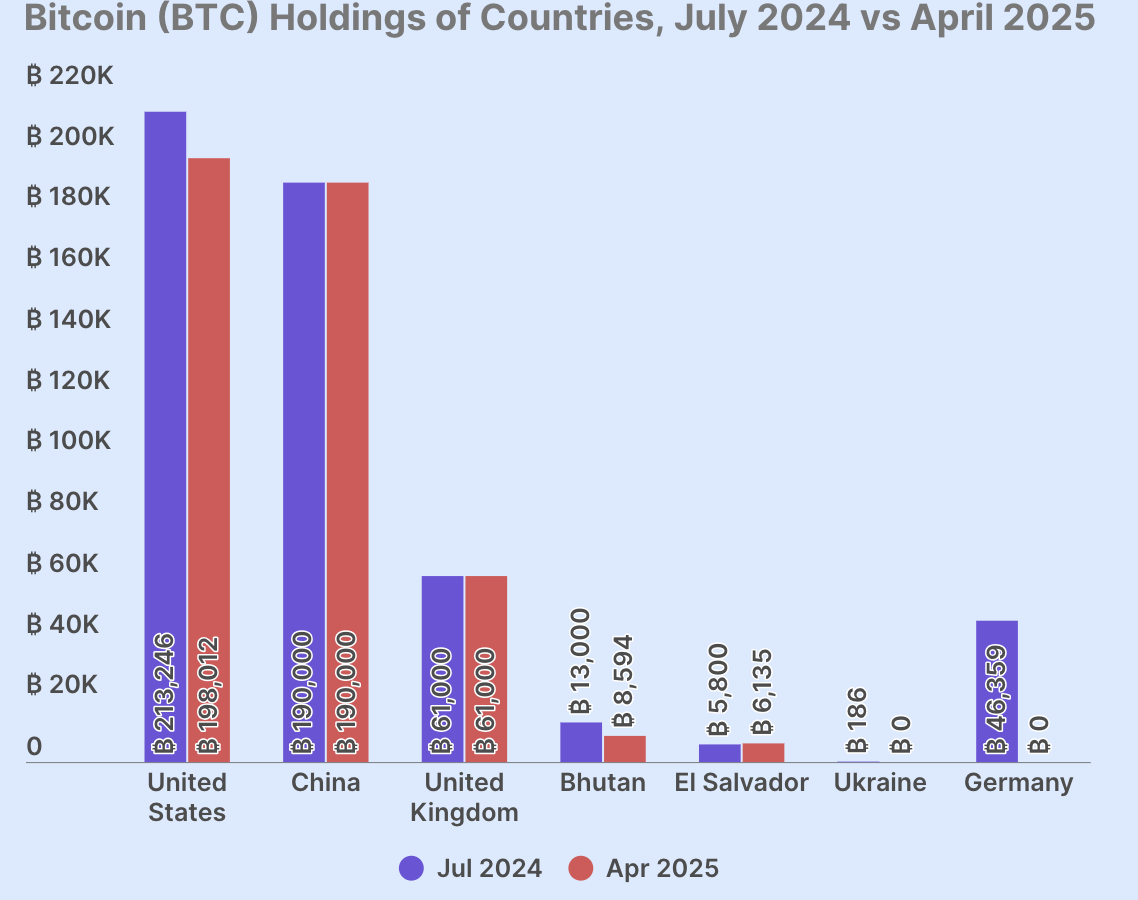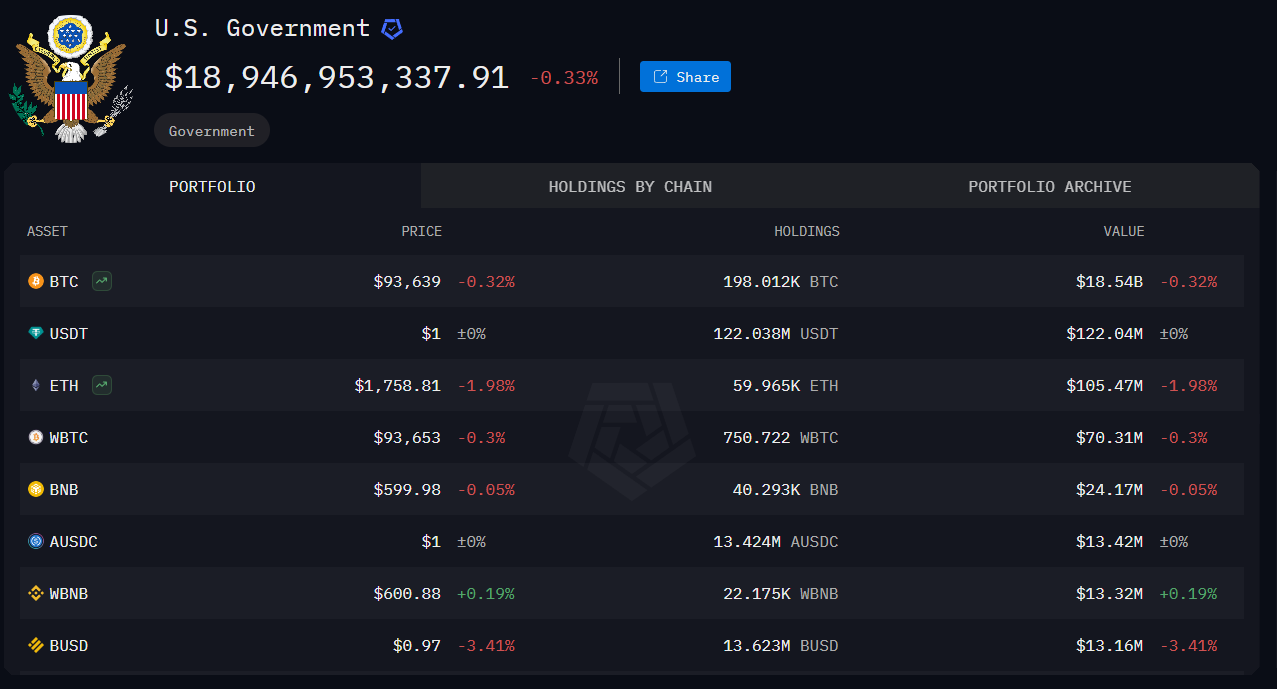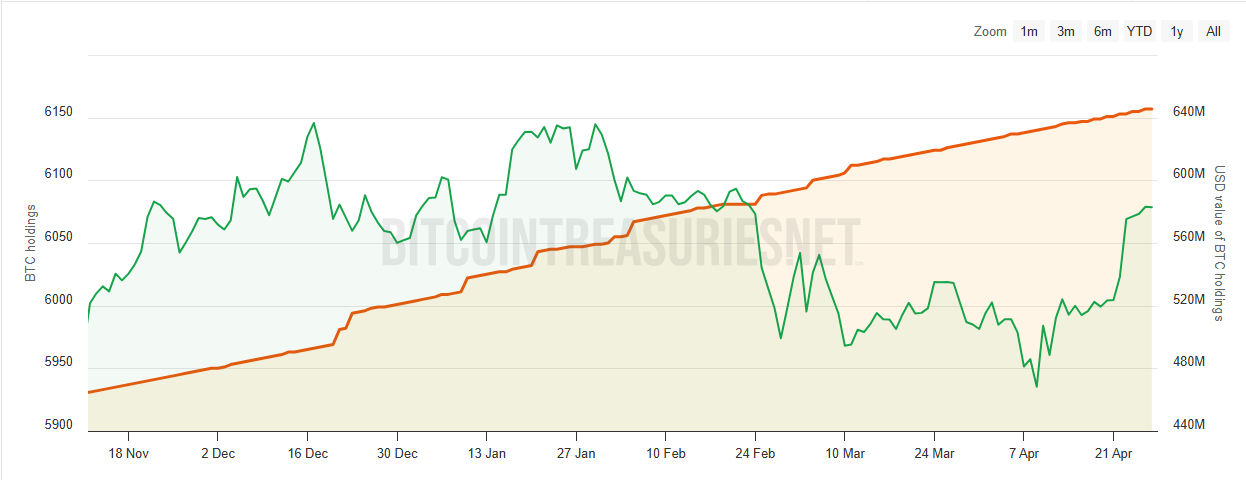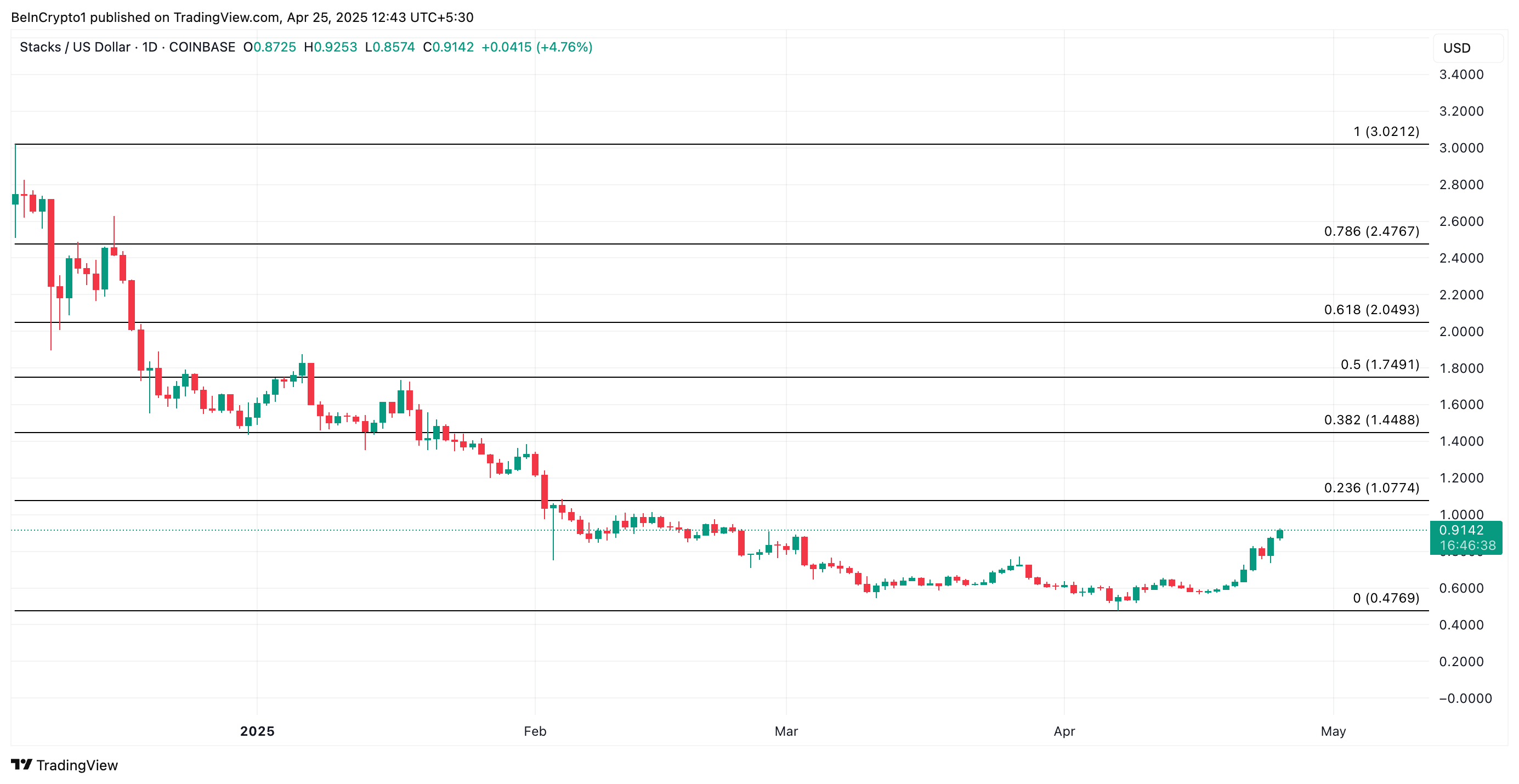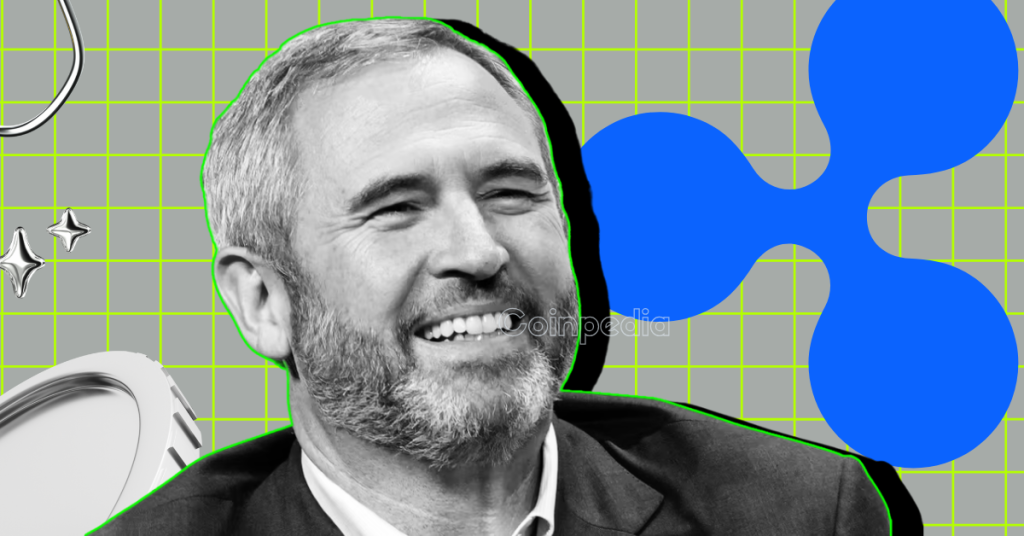
The post Is RLUSD Replacing XRP for Good? Brad Garlinghouse Clarifies appeared first on Coinpedia Fintech News
Ripple’s new stablecoin RLUSD is quickly gaining ground and it’s stirring up serious questions about XRP’s future role in the ecosystem. While Ripple maintains that both assets serve different purposes, some analysts aren’t convinced. Is RLUSD just a helpful addition, or is it quietly edging XRP out of the spotlight?
Let’s unpack what’s going on.
RLUSD Takes Center Stage, But What About XRP?
Since its December 2024 debut, RLUSD has been on a hot streak. It recently secured a listing on Gemini, one of the top U.S.-based exchanges, pushing its market cap to $317 million with a daily trading volume of $52 million.
That kind of momentum is hard to ignore and it’s got the XRP community buzzing.
According to crypto influencer All Things XRP, the two assets are meant to complement each other. RLUSD brings price stability to the table, while XRP shines in speed and efficiency, though it remains a volatile asset.
The idea is that both can coexist, each serving a distinct role in Ripple’s broader payments ecosystem.
XRP’s Shrinking Role Raises Eyebrows
Despite reassurances from Ripple, some in the community feel that XRP’s position is slowly being downgraded. Elena Schoen, a self-proclaimed “Chain Detective,” recently raised red flags about what she sees as a subtle but strategic shift.
In a post on X, Schoen claimed that XRP is now mostly used for covering transaction fees on the XRP Ledger while RLUSD is stepping up to handle the heavy lifting: liquidity provision, cross-border transactions, institutional and retail settlements, and multi-fiat onboarding.
RLUSD’s Addition to Ripple Payments: How Good Is This Move?
Ripple’s decision to integrate RLUSD into Ripple Payments by the end of 2025 only adds fuel to the fire. CEO Brad Garlinghouse called RLUSD the new “gold standard” for institutional transactions, citing its U.S. dollar peg as a way to eliminate volatility from cross-border payments.
That’s a big deal. While XRP has long been Ripple’s go-to bridge asset, its price swings have always been a concern for larger players. Now, with RLUSD providing a more predictable alternative, some fear that XRP’s utility – and liquidity – could slowly fade.
Ripple Execs Respond: It’s Not One or the Other
To address the growing concerns, several Ripple executives have chimed in previously.
President Monica Long emphasized that clients aren’t being forced to choose sides – XRP and RLUSD are part of a deliberate dual-token strategy. Whether a business values speed or stability, Ripple aims to offer the right tool for the job.
CTO David Schwartz had also taken to X to clarify that RLUSD is not replacing XRP. In his view, XRP offers unique technical advantages: auto-bridging, pathfinding, and, critically, its decentralized nature – XRP cannot be frozen, and it’s not subject to jurisdictional control.
Meanwhile, Brad Garlinghouse continues to stand firm. In a January 2025 interview with Citizens Bank, he explained that RLUSD is simply fiat on-chain. XRP, on the other hand, remains essential as a neutral, fast, and borderless bridge currency on the XRPL’s decentralized exchange.
So, where does this leave us? For now, both tokens are balanced in their weightage. Whether that balance holds through 2025 remains to be seen.



